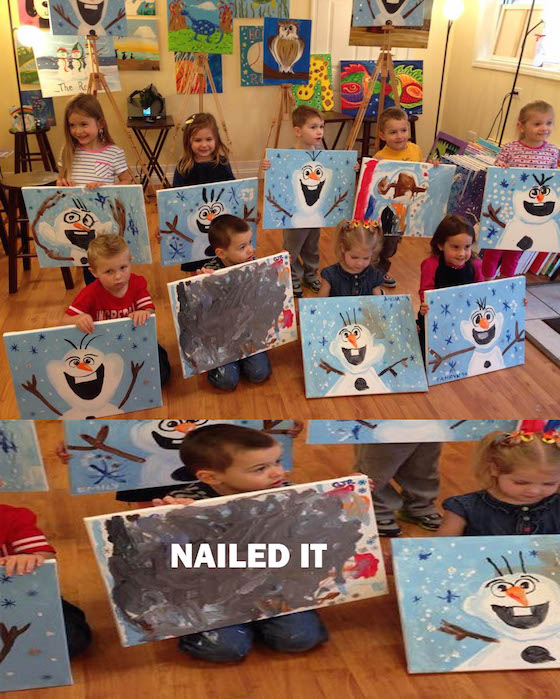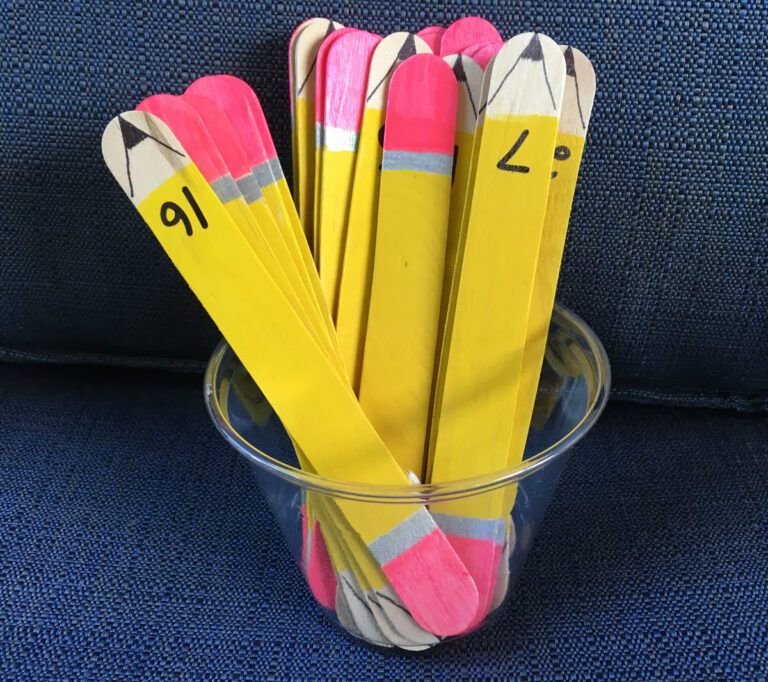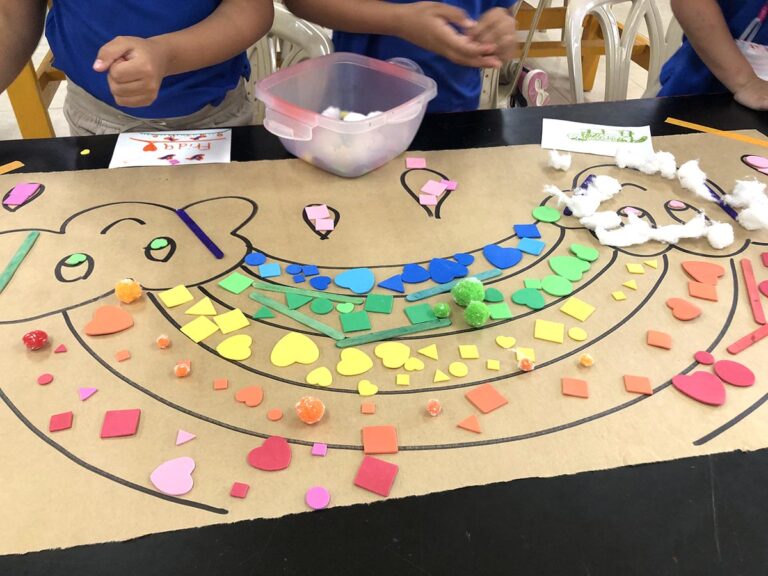There is an image making the virtual rounds of a group of children having just finished an art class. In the photo, each student is proudly displaying a painting depicting an image of the snowman Olaf from the movie Frozen. Each student except for one little boy in the front row. Instead of Olaf, his canvas is a wash of muddy grays. The caption beneath reads, “Nailed it!”.

Of course, this image is meant to be humorous. As art teachers, we can relate. Most, if not all, of us have had experiences with students who just want to do their own thing. Sometimes, these students don’t follow the lesson because they haven’t reached the same skill level as their peers. Other times, you may have perfectly capable (or even extremely talented) students that choose not to follow along. They could absolutely do the assignment…they just don’t.
So, what do we do with the student who is a wonderful artist but a terrible student?
Defining Terrible
There are different degrees of ‘terrible’. Perhaps the most common type of ‘terrible’ is the student who listens and pays attention to the teacher’s directions, but then bends the rules of the project to meet his or her own needs. In this situation, the teacher’s reaction can range from slightly annoyed to completely fuming depending on how far the student has strayed. On the other end of the ‘terrible’ spectrum are the students who flat out refuse to follow any directions. Even on the rare occasion when these types of students pay attention, they never follow the lesson. Instead, they create their own things, which just so happen to look amazing.
Reacting Through Grading
An obvious reaction to the talented, yet terrible, students is to penalize them during the grading process. Clearly, if students are not doing what they are told, their rebellion should be reflected in their grades. Subsequently, students should not be rewarded for not following the lesson. However, it can be a difficult personal decision to give a reduced grade to a talented student. Especially if the student has completed exceptional work, albeit not the assigned work. Furthermore, if the goal of the reduced grade is to correct the behavior, there is little chance of it being effective. This type of student is likely not motivated by grading practices.
Fight The Difference, Encourage The Difference
For what looks like yin and yang, these opposites will never strike a balance. Fighting the difference is like drawing the proverbial line in the sand. Your assignment was designed with a purpose, and just because the student can draw like no other, doesn’t mean he or she doesn’t have to follow the project’s guidelines. However, even though it is possible to deliver consequences to steer the student into submission, the resulting artwork will likely not be up to your expectations or the student’s ability level. Like grading, fighting the difference might initially seem like a win but will result in a net loss overall.
If fighting the difference is a battle, encouraging the difference will feel like surrender. When left to their own devices, these students produce amazing results. By encouraging them to proceed with their own plans, they will continue to make great art. However, is making great art all that we teach? Shouldn’t students first and foremost be “students” which includes learning to follow instructions? Then again, following instructions for the sake of following instructions isn’t learning. It’s compliance. We have to consider if our reasoning for not encouraging students to work on their own art is based on a desire for a certain level of control as opposed to educational objectives.
Examine Your Objectives
Before resorting to any of the aforementioned reactions, it might behoove us to examine our objectives. It is possible that the talented, yet terrible, student, while seemly taking the lesson in his or her own direction, might in fact be meeting our objectives. Not necessarily the micro objectives built into the daily project, but rather the overarching goals we hope our students achieve as a result of taking our class. We may realize that even though it doesn’t seem evident within the singular project that our student is hitting our targets, at the end of the course we may look at his or her portfolio of work and declare, “Nailed it!”.
{image source}
Which reactions have you experienced dealing with the talented, yet terrible, students?
How have you handled these situations in your classes?
Magazine articles and podcasts are opinions of professional education contributors and do not necessarily represent the position of the Art of Education University (AOEU) or its academic offerings. Contributors use terms in the way they are most often talked about in the scope of their educational experiences.




